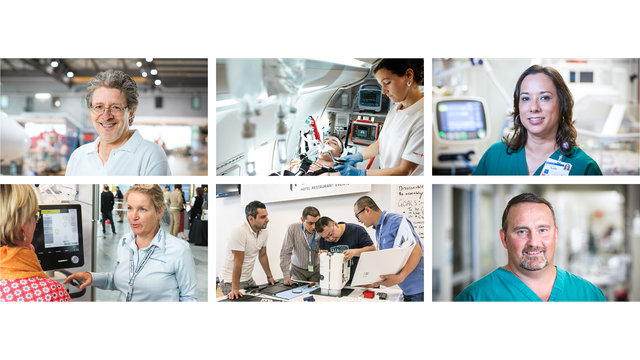
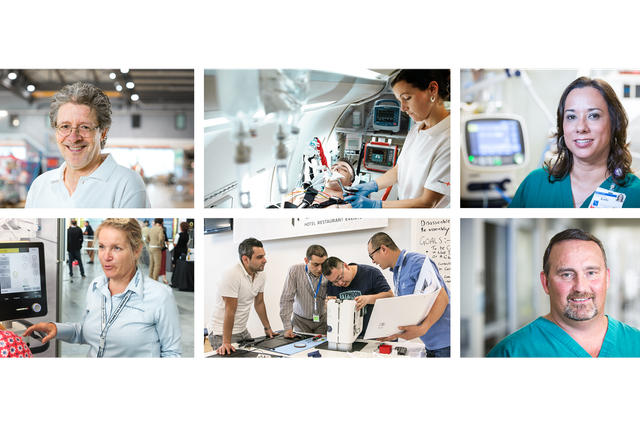
We have made it our mission to make the jobs of medical teams easier, and their workflow even more effective. Driven by genuine passion and dedication to the cause. We are grateful that our expertise and innovative strength help us make a contribution – one that can really make a difference.
We are a multinational team, each of us with specific knowledge and a special skill-set. However, our work is equally dependent on you, our customers, and your experience. Together, we work day after day to improve mechanical ventilation therapy for your patients.
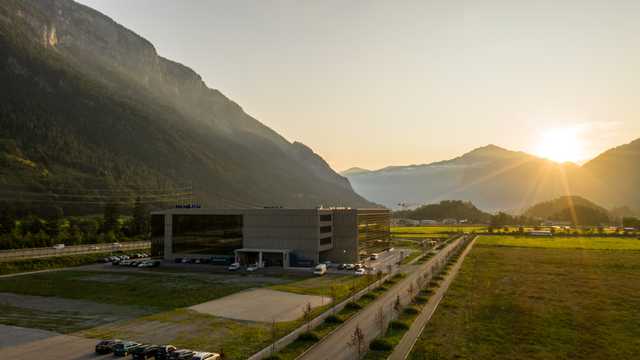
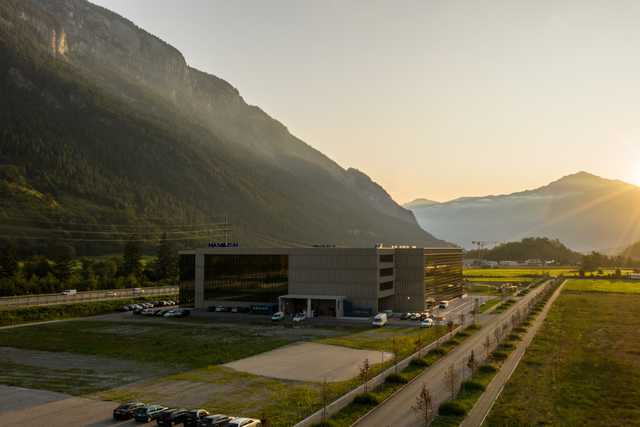
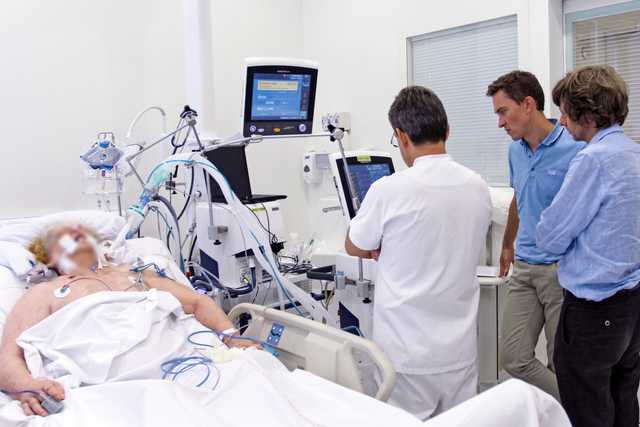
We want to help our fellow humans - with ventilation technologies that are safe, effective, and lung-protective. And we want to lessen the load for those who make extraordinary efforts every day, helping seriously ill patients fight their way back to health.
That is why we are committed to helping medical teams deliver the best respiratory care – to anyone, anywhere. Ever since we were founded in 1983, our focus has been on supporting the frontline heroes of critical care.
That commitment is present in everything we do.
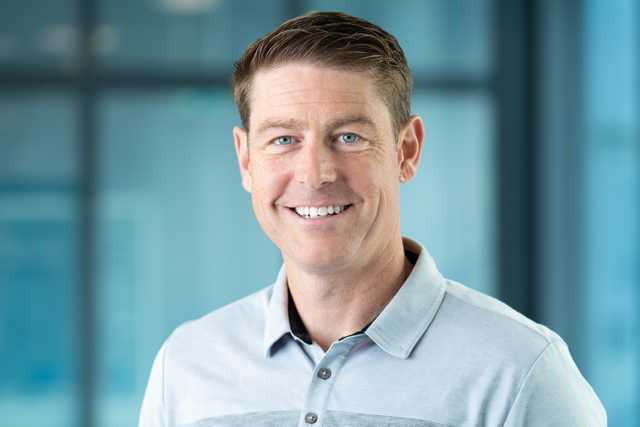
As the third generation of the Hamilton family to lead our company, Hamilton Medical means the world to Bob Hamilton, our CEO.
Working in tune with a team of seasoned professionals and leaders in the field of medical technology, Bob lends year’s worth of experience and knowledge to continue making our company a success, striving to achieve our goal of helping medical teams deliver the best respiratory care.
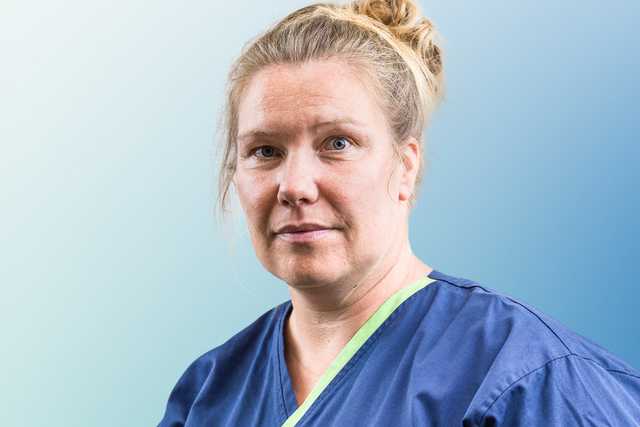
Medical teams around the world are accustomed to the toughest working conditions but have seldom been challenged to the extent that they are today.
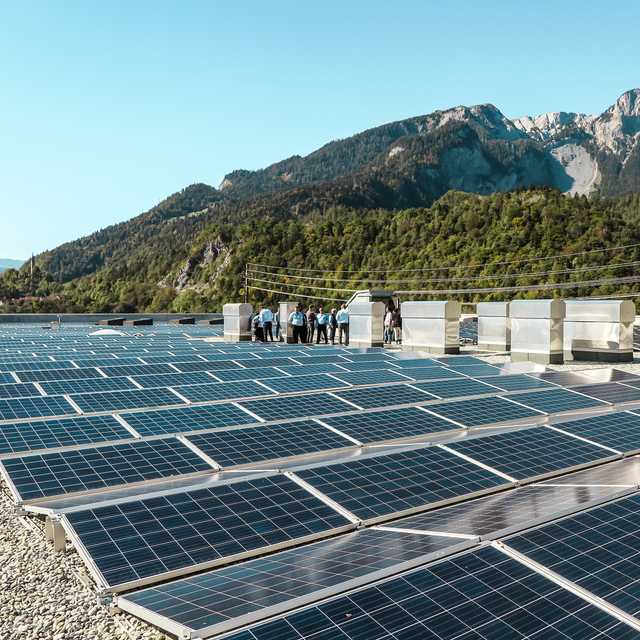
Economic success is important for every company. And so is the future. We think long-term and follow the principles of social justice and ecological responsibility.
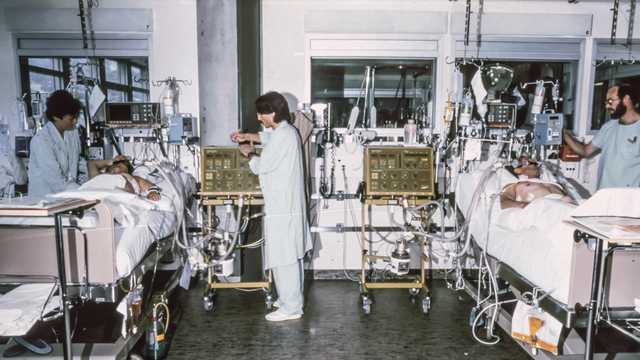
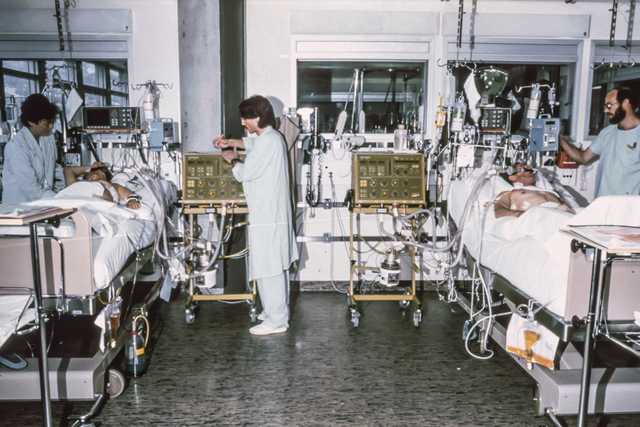
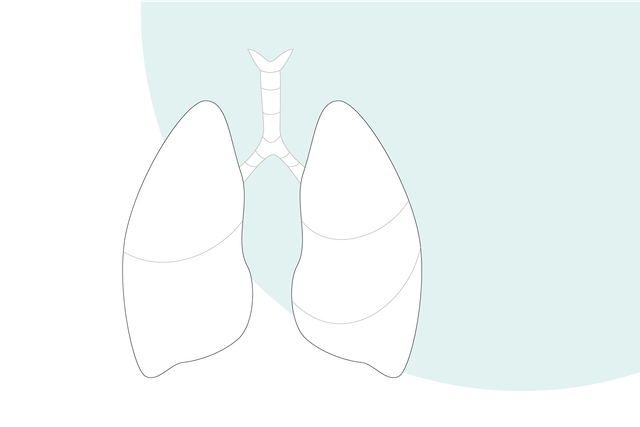
Since the very beginning, we have invested a great deal of time and money in research. There is room for new ideas, innovative approaches, and for clinical studies, all in close collaboration with ventilation experts from around the world.
In this team you can find a very high density of professionals with doctoral and post-doctoral degrees, not only in medicine and medical engineering, but also in mathematics and physics.
We make way for innovation, and the results speak for themselves. Over the last few decades, we have revolutionized mechanical ventilation. Not just once, but many times. And we will keep on doing so.


We first entered the market in 1984 with one of the first microprocessor-controlled ventilators and proximal flow measurement. At the end of the 80s, we built on this foundation by launching our digital oxygen mixer and a setting to control expiratory trigger sensitivity.
1991 saw a big leap forward in the way patient information was displayed graphically and by 1997 ,the time had come to unveil our ASV mode: a ventilation mode that automatically adjusts ventilation to changing lung mechanics. With the start of the new millennium, we introduced P/V Tool for recruitment maneuvers and the Ventilation Cockpit in 2008.
2010 brought another paradigm shift in mechanical ventilation as we introduced the world to INTELLiVENT-ASV: an intelligent ventilation mode that applies lung-protective ventilation automatically (
As we continue to bring medtech into the 21st century, we have developed our devices to go hand in hand with our new technologies such as IntelliSync+: a technology that mimics an expert‘s eye by continuously analyzing waveform shapes at least hundred times per second. What’s next? Stay tuned.
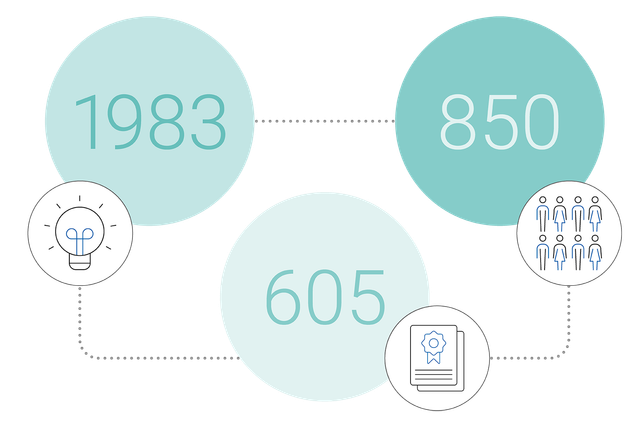
We started small and simply equipped in an unusual environment: a motel in Bonaduz in the canton of Grisons, Switzerland. The visions of our founder Steve Hamilton were all the greater:
"I wanted to create a fully automated ventilation system, which could be used everywhere and by everyone."
We achieved Steve's vision with INTELLiGENT-ASV. And now? Well, now we just keep taking the user experience to the next level. Again, and again.
We are a multinational team of more than 850 employees worldwide with different ages, world views, cultural backgrounds, identities, and nationalities. We are united by our mutual respect and a common goal: We are committed to helping medical teams deliver the best respiratory care - to anyone, anywhere.
Pretty impressive. We think so too. We currently have over 605 property rights in more than 30 countries. Innovative strength is part of our DNA, so these numbers are far from the end of the line.

We have subsidiaries in six countries and are represented by exclusive distribution partners in over 100 countries worldwide.
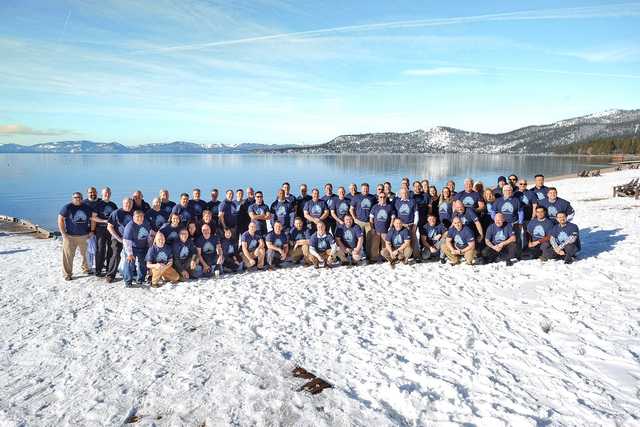
We are always looking for motivated people to strengthen our multinational team – from software developers to medical experts, from engineers to export specialists, from production staff to project leaders.

Meike Maurer
Corporate Communication